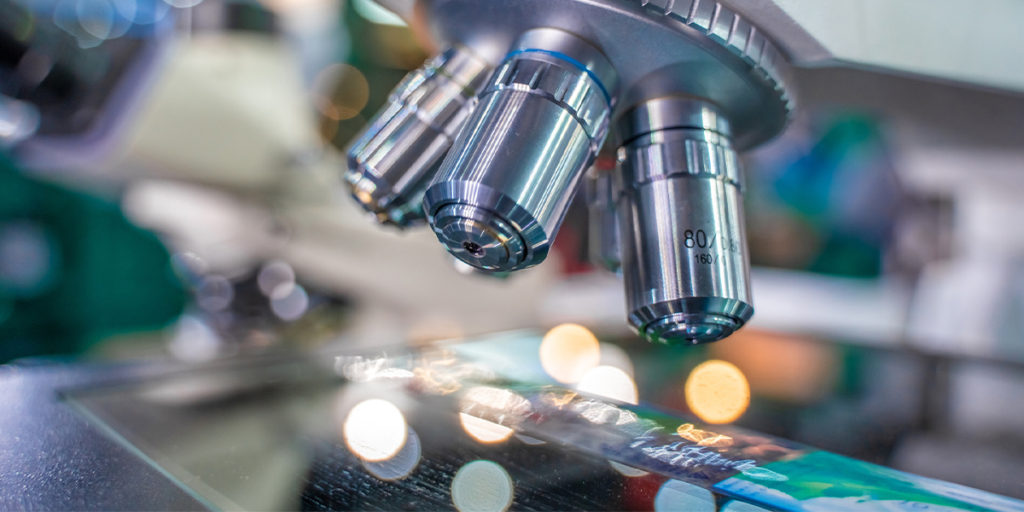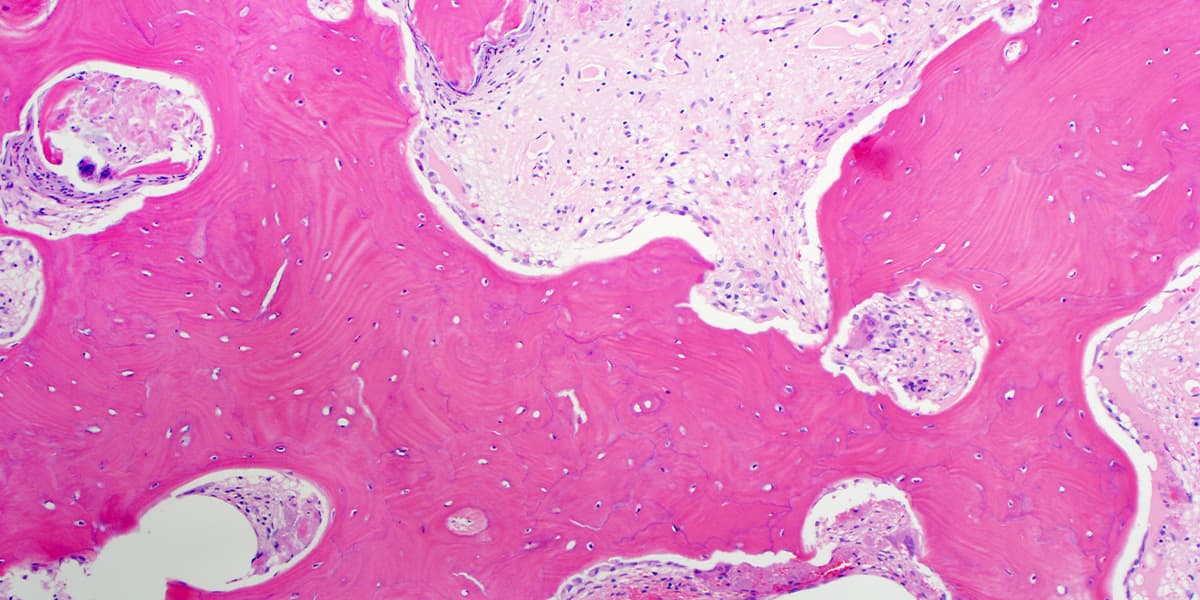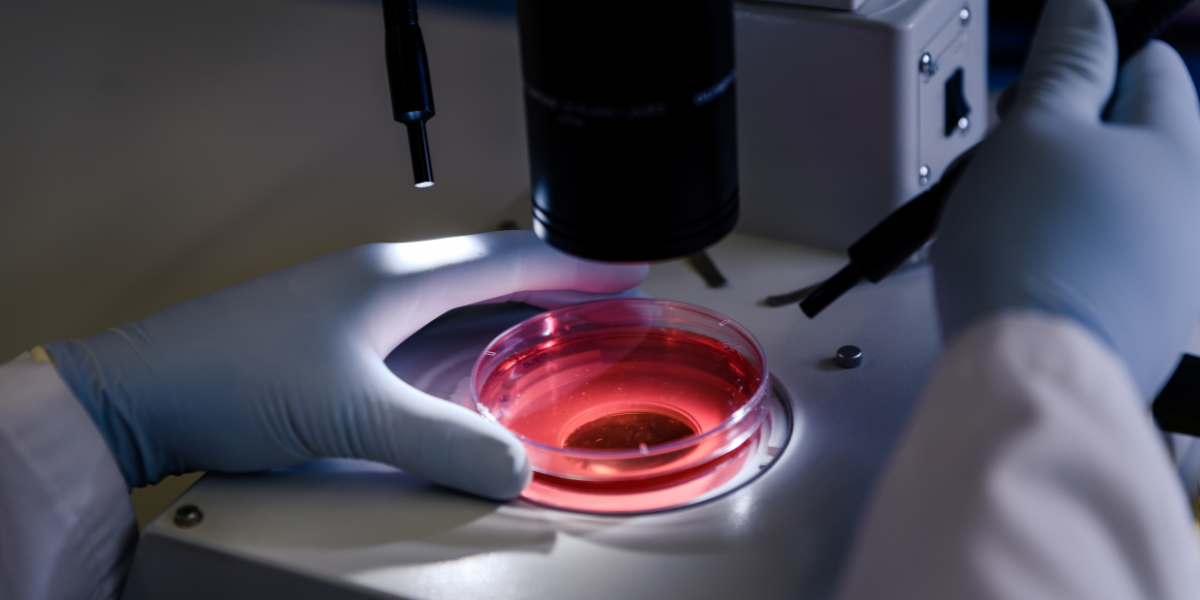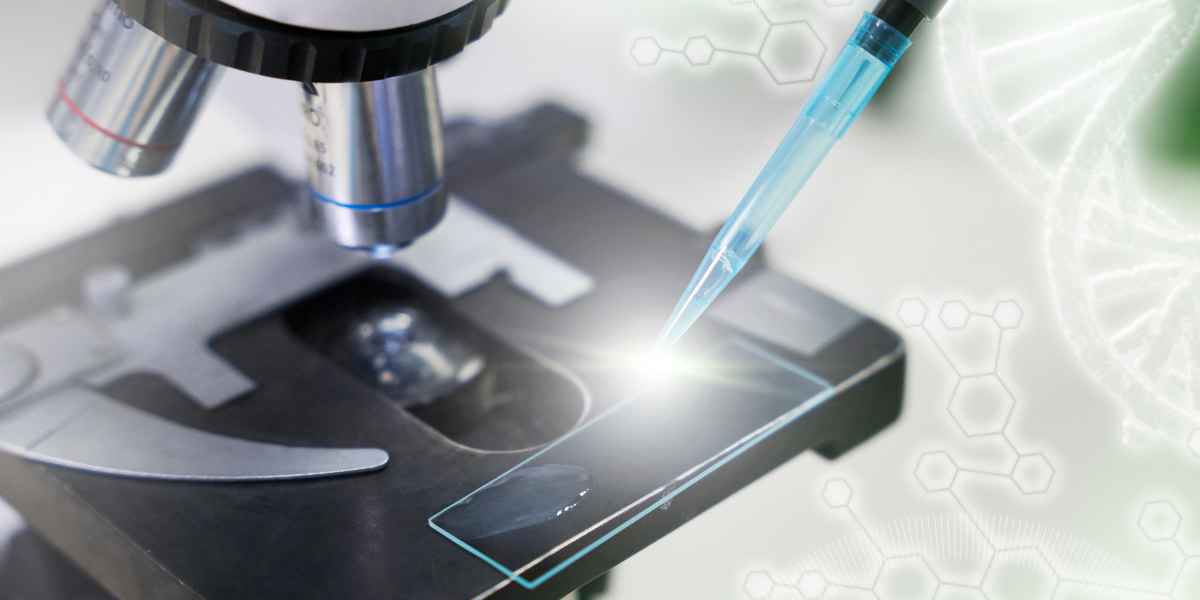When fighting skin diseases, there is a key figure who specializes in aiding physicians by providing precise diagnoses of cutaneous disorders—the dermatopathologist. Dermpaths examine tissue samples using a variety of tools and methods so that they can accurately detect immunologic, infectious, or degenerative diseases, as well as the presence of tumors and melanoma.
Why do Blood Types Matter? Click Here to Find Out!
But dermpaths don’t just provide test results; they serve as a consultative resource to physicians by delivering insightful interpretation of biopsies so physicians can choose the optimal therapies and deliver the best care for patients.
The world of dermatopathology is an evolving one. Examinations that were once executed primarily at a microscopic level are now supported and transformed by emerging trends and technology. Two of the most exciting dermpath trends concern the use of artificial intelligence and the burgeoning field of molecular genetic pathology.
Artificial Intelligence
The words “artificial intelligence” often conjures images of computers who think and speak like humans or of robots running amok. A more accurate picture is one of machines that have been carefully programmed to mimic human action and “learn” from data sets. Since its inception in 1955, AI technology has grown rapidly, reaching the current-day point of “Strong AI” and artificial neural networks which enable systems and robots to achieve deep learning, execute increasingly complex tasks, and communicate effectively with human counterparts.
These machine learning technologies are hard at work in the dermpath sector, helping to screen and classify tissue biopsies with a high level of accuracy and efficiency. AI-powered software is an emerging technology which has yet to reach mainstream adaptation. For our part, while South Bend Medical Foundation continuously seeks to leverage innovative technologies, we are still researching and investigating AI for wider implementation. What we do know is that AI and other modern technologies do not replace human dermpaths: they are designed to supplement our expertise. So, while the AI may, for example, analyze data, the human dermpath will still do the bulk of the work. This relationship between technology and humans may help to reduce errors, improve quality control, and keep up with the ever-increasing demand for skin biopsy diagnoses.

Dermatopathologists lead the fight against many diseases and disorders.
Digital Pathology
The second dermpath trend to keep an eye on lies within the field of digital pathology. Digital pathology uses virtual microscopy. The traditional glass slides used for pathology are digitized so they can be viewed, managed, shared, and analyzed on a computer screen. See, the shortcoming with traditional pathology is that if the first pathologist can’t make a diagnosis, then s/he needs to forward the sample on to another specialist; this process takes time, and with the need for samples to be analyzed increasing every year, the time lost is invaluable—not only for the patient’s peace of mind, but also for any needed course of treatment. Digital pathology allows the sample to be put on a server for specialists to analyze, measure, and reference existing data right from their computer screen when observing tissue samples all without the need for packaging, shipping, and unpackaging at a different lab.
Using the latest advancements in technology, dermatopathologists are leading the fight against cutaneous diseases and disorders. Physicians and patients alike stand to potentially benefit from these emerging trends and there is reason to believe that as time passes, dermpath technology will continue to evolve, delivering positive patient outcomes and improved health on a global scale.





